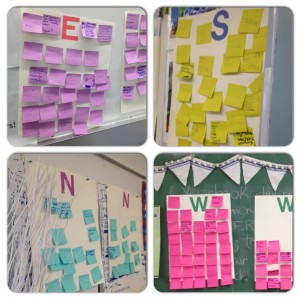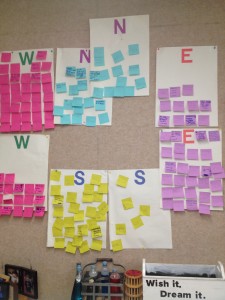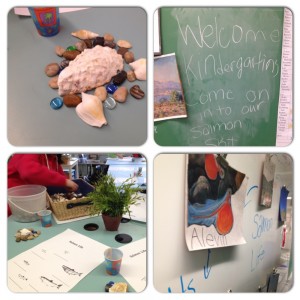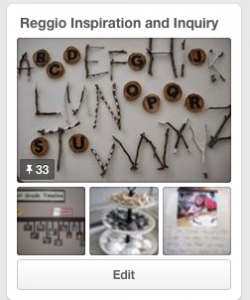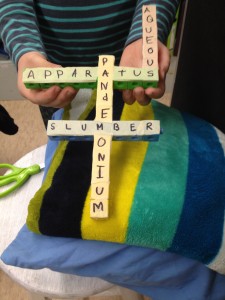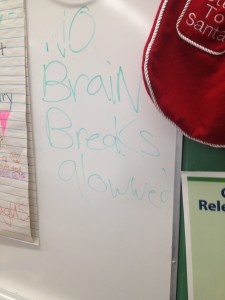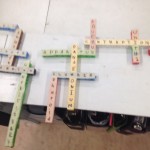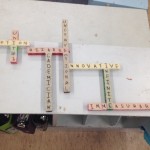Reflections and observations of the first day- Mostly composed of lists
The classroom environment created by my school advisor is very organized and visually appealing to students. Many routines I am already familiar with from my time in schools in Ontario (wash your hands before snack, wash tables after snack, indoor and outdoor shoes). One noticeable difference was that no students were wearing mitts or coats at this time of the year. Most students brought a light sweatshirt for recess time.
The class has twenty students
Of the twenty students only six are boys.
Materials are at eye-level for children and within reach.
Attendance is taken every day with stars. The children find their name and place it in the basket.
Children change into their indoor shoes in the morning, and after outdoor play.
During my visit we had a fire drill. The students were told what to expect and by the time the alarm went off we were able to exit the building quickly and quietly.
The school has excellent playground equipment and there is plenty of outdoor space for the children.
The classroom had all components typical and necessary for kindergarten
-Large carpet space
-Child sized furniture
– A sink in the classroom and washroom within the kindergarten pod enclosure
– There is another sink outside the classroom (still within the pod)
– Drying rack for artwork
– Hooks along the back wall so that each child has a specific spot for their coat and belongings.
– Change of dry clothes in ziplock bags labelled and easily accessible for all twenty students
Some changes I’ve noticed in schools in this district since two years ago are:
-posters advising parents about taking pictures of children with their mobile phones (don’t post pictures of other people’s children)
-even more initiatives to reduce waste. All lunch garbage is now going home with children in their lunch kits.
From my conversations with children some current areas of interest are:
Trucks, construction, fishing/crabbing, round patterns, and Halloween
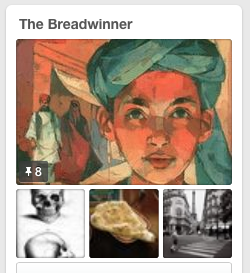
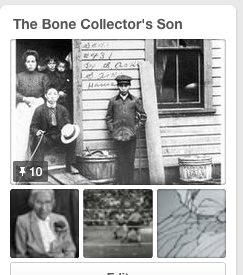 I would recommend The Breadwinner for Grades 5-8 and The Bone Collector’s Son for Grades 7-9. Both books are excellent (and I found many text-to-text connections between the two!).
I would recommend The Breadwinner for Grades 5-8 and The Bone Collector’s Son for Grades 7-9. Both books are excellent (and I found many text-to-text connections between the two!).